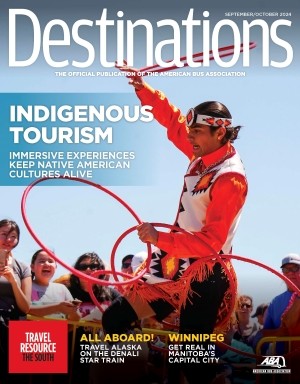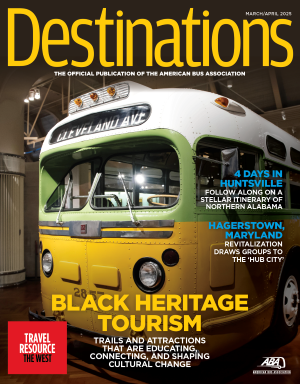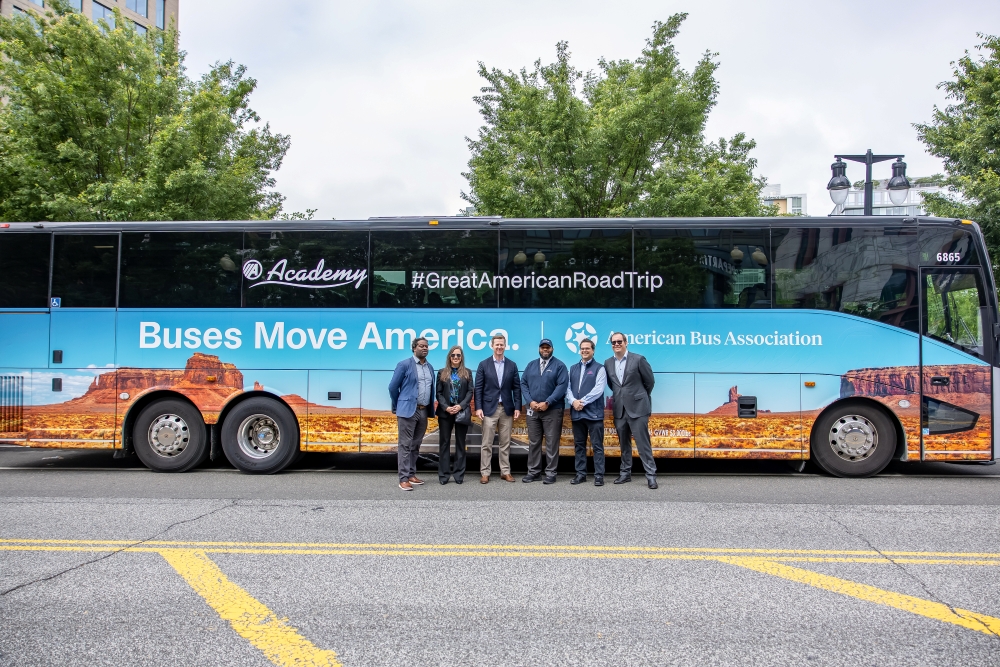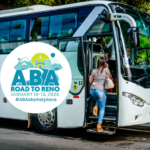The Transformative Power of Indigenous and Cultural Heritage Tourism
Reclaiming cultural stories can help revitalize local communities through empowerment
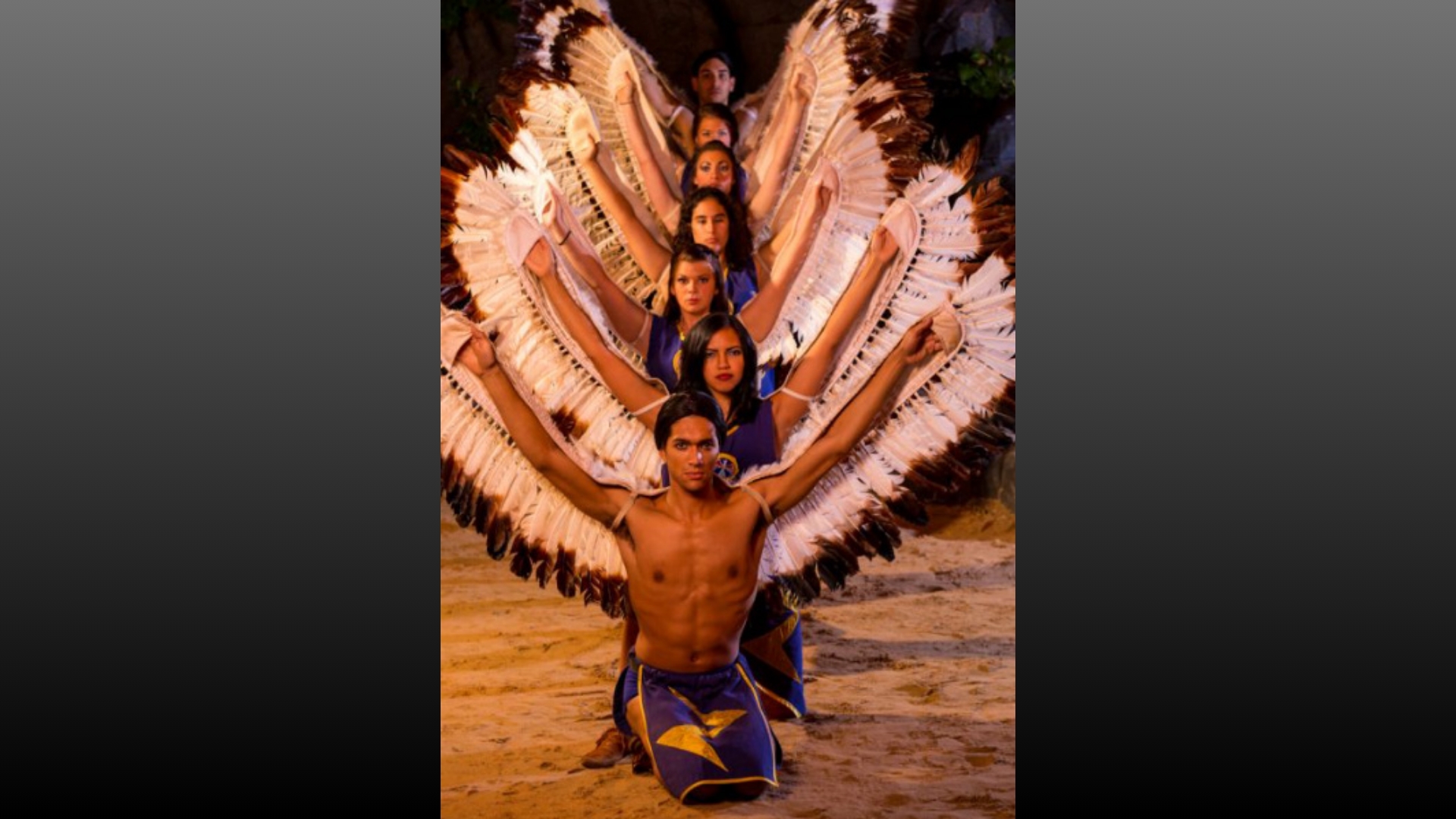
Attending the Heritage & Cultural Tourism Conference in March 2025, hosted by the Sitka Tribe of Alaska, was more than a professional experience—it was a personal journey of affirmation. Surrounded by voices from across Alaskan Indigenous communities, cultural organizations, and tourism leaders, I was reminded of how heritage and cultural tourism can become a powerful force for healing, storytelling, and sustainable growth.
In a time of rapid change and cultural reckoning, the call to preserve and uplift historically marginalized cultures—especially Indigenous, Black, Hispanic, and Asian American communities—resonates louder than ever. This form of tourism is not just about visitation—it’s about education, empowerment, and ensuring that communities define their own narratives, now and for future generations.
The Power of Storytelling and Representation
Indigenous tourism is storytelling in motion. It allows communities to share their truths, traditions, and identities on their own terms. The stories we tell through tourism go far beyond guidebooks or performances—they are about land, language, ceremony, resilience, and community.
Camille Ferguson of the Sitka Tribe said it best: “Tourism is an opportunity for Indigenous peoples to tell their story.” These stories are essential to understanding America’s full history—the history that existed long before colonization and the one that has persevered through centuries of struggle.
This same principle holds true for Black heritage tourism, which is experiencing renewed attention nationwide. From the civil rights landmarks of the Deep South to curated tours that highlight the rich legacies of Black art, entrepreneurship, and resistance, these experiences are reclaiming stories that were too often erased or marginalized.
When visitors engage with authentic cultural experiences—guided hikes on ancestral lands, storytelling circles, Black heritage walking tours, or immersive Hispanic and Asian cultural festivals—they participate in a form of living history. These encounters foster empathy, break down stereotypes, and create lasting human connections that transcend borders.
Economic Empowerment Through Tourism
Cultural tourism is also an engine for economic self-determination. According to the American Indian Alaska Native Tourism Association (AIANTA), more than 353,000 Native-owned businesses in the U.S. generate $38.8 billion in revenue. Of these, over 67,000 are in the hospitality sector, contributing $7.6 billion.
For Black communities, tourism initiatives—from curated heritage tours to destination experiences—create jobs and new business opportunities while building cultural equity. Similarly, Hispanic and Asian American communities are finding pathways to lift up their traditions and local economies through food tourism, cultural landmarks, and festivals.
Tourism helps recirculate revenue into communities, supporting infrastructure and funding local priorities. The Eastern Band of Cherokee Indians, for example, reinvests proceeds from its hospitality businesses into public services, including its own hospital and language immersion school.
When community-led tourism enables sovereignty and autonomy in a tangible way. It puts economic power back into the hands of those best equipped to protect their cultural legacy.
Preserving Culture, Language, and Legacy
One of heritage tourism’s most important impacts is its role in preserving endangered traditions, languages, and practices. Cultural revitalization is a priority for many communities of color, and tourism provides a meaningful way to sustain these efforts.
When travelers participate in a basket-weaving class, listen to an elder share stories in their original language, or attend a seasonal ceremony, they witness the active practice of culture. These aren’t static museum artifacts—they are expressions of living knowledge.
Heritage tourism also provides the financial means to support language programs, oral history projects, and intergenerational learning. When youth see value placed on their traditions—and when those traditions can become careers—culture becomes something to protect and live by.
Black heritage tourism plays a similar role in preserving the legacy of struggle and progress. From historic plantations turned memorials to the growth of civil rights trails and initiatives like the Mapping Black Heritage Tourism project, these efforts are reframing American history through a more inclusive lens.
Sustainability, Stewardship, and Respect
Indigenous tourism is rooted in sustainability—not as a marketing strategy but as a way of life. Long before “eco-tourism” became a buzzword, Indigenous communities practiced stewardship over the lands and waters they called home. Today, that same ethic shapes the tourism experiences they offer.
Whether through carbon-conscious travel, small-group tours, or visitor codes of conduct that stress respect and reciprocity, Indigenous tourism leads by example. Tour operators are embracing traditional ecological knowledge, and tribal nations are creating frameworks for how guests can experience sacred spaces responsibly.
Black-led tourism initiatives also engage in place-based education—helping visitors understand how places carry memory, struggle, and triumph. Both Indigenous and Black tourism leaders emphasize that meaningful tourism must begin with community, center local voices, and give back to the people who make these experiences possible.
Building Authentic Partnerships
A recurring theme throughout the Heritage & Cultural Tourism Conference was the need for authentic, community-led partnerships. When working with historically excluded communities, travel organizations and tourism professionals must shift from extraction to collaboration.
“Often state tourism organizations and local communities have the best intentions but are worried about making a misstep when reaching out to tribes,” said AIANTA CEO Sherry Rupert in a 2022 interview with Tribal Business News. “However, many state tourism organizations are working to bridge that relationship with the tribes. I think AIANTA can help facilitate those relationships, which I always try to share with the tribes: These local organizations are there to help you and promote you.”
Organizations such as AIANTA, ABA, the National Tour Association, and the US Travel Association (among many others) must actively foster these connections. Their leadership can bridge the gap between good intentions and meaningful partnerships by creating space for dialogue, investing in cultural competency, and elevating Indigenous and community voices. Collaboration isn’t just beneficial—it’s essential to building a more inclusive, respectful tourism industry.
Elizabeth Hall of John Hall’s Alaska Tours and Transportation underscored the importance of listening and building long-term relationships. Her work with Alaska Native partners emphasizes not just marketing Indigenous experiences but co-creating them. This model ensures tourism grows with—not on top of—local communities.
However, such partnerships must honor sovereignty, meaningfully include cultural leaders in decision-making, and share both revenue and recognition. Certifications like the AIANTA/ASU Sustainable Tourism Certificate and best practice guides such as one developed by the Archaeological Institute of America (AIA) help tour operators navigate these relationships responsibly.
We’re seeing similar movements across Black and Hispanic communities, where tourism boards are now collaborating directly with grassroots organizers, artists, and historians to tell a more complete story.
These lessons are critical for the next generation of tourism leaders. Culturally competent tourism education, mentorship, and training will shape our future. Schools and programs should incorporate diverse cultural voices into curriculum, leadership forums, and executive pipelines.
A Shared Path Forward
Cultural heritage tourism is not a trend—it is a movement. It is grounded in values that center relationships, respect, reciprocity, and renewal. It is a form of tourism that has the power to right past wrongs and create a more equitable future for all.
Indigenous and Black communities are leading the way—not through identical approaches but through deeply rooted cultural practices prioritizing dignity, truth-telling, and resilience. Their leadership sets a powerful example of what inclusive, ethical, and regenerative tourism can look like.
As someone who has seen firsthand the impact of these stories, this work, and these partnerships, I believe our collective future depends on it. Those working in the travel, tourism, or policy space must prioritize culturally-led efforts, amplify marginalized voices, and put funding behind community-driven tourism initiatives.
The promise of heritage tourism is not just about honoring the past. It’s about building a present and future where all cultures thrive, diversity is not erased but celebrated, and tourism becomes a bridge—not a barrier—to justice, understanding, and peace.
Originally published on LinkedIn. The views expressed are those of the author and do not necessarily reflect the official policy or position of the American Bus Association.

